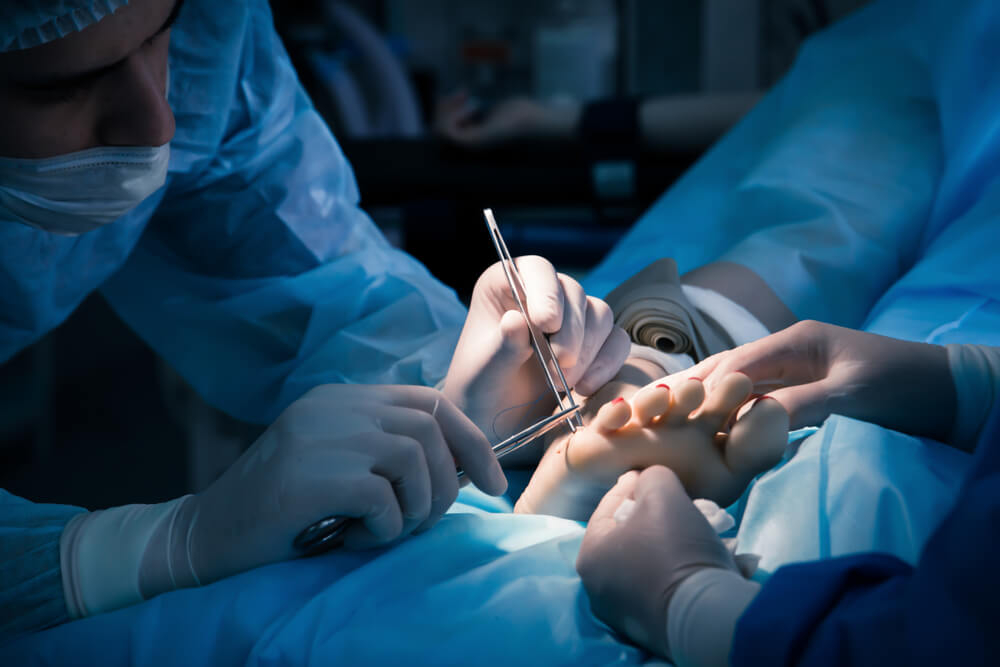Nobody wants an infected wound. They can become an abscess and also lead to problems like impetigo – a contagious bacterial skin infection.
Problems aside, infected wounds for post-surgery patients are highly treatable, especially with today’s medical technology. It’s important to treat the problem before it is able to develop further, so that the patient can focus on getting back to full health.
Using treatments like Activheal dressing, you can remedy the problem even before the following infected wound symptoms occur:
Ongoing redness around the area
The area where surgery occurred will typically be quite red because of the inflammation process that occurs when healing. However, if that redness hasn’t subsided after seven days or actually continues to worsen is a good sign that there is a problem.
You might want to track whether the redness is getting better or subsiding by taking photos of the affected area and comparing them with photos from the day/s before your surgery.
The area is swelling
Swelling is also perfectly normal to experience in the post-surgery period. But swelling shouldn’t stay the same for too long, and it certainly shouldn’t increase after days of recovery. This can also be a key indicator that there is a problem that requires further medical attention.
Excessive warmth around the affected area
Again, it’s perfectly normal to experience a warm sensation around the surgery area. However, if the warmth is too strong or doesn’t start to cool down after some time this can show that your body is putting up resistance to infection, as the heat is caused by the vasoactive chemical release which increases blood flow to the affected area.
Fever
Patients will often run a fever after undergoing surgery. However, if the fever starts to run above 38 degrees Celsius then this is a good indication the post-surgery area might be infected. These patients may experience decreased appetite or severe headaches. Such issues can be treated with antimicrobial dressings.
A general feeling of malaise
Medical professions know that asking their patients how they are generally feeling is a good way to check for an infected spot. Patients recovering from surgery should be feeling better as the days go on, but if they continue to feel a general sense of malaise, including tiredness or dizziness, this can be a good indicator that they are experiencing wound infection.
What’s more, if they feel better and then suddenly worse, this is also another good indicator and further diagnostics can be undertaken.
Tan, green or pungent drainage
Post-surgery wounds should have a slightly yellow exudate or drain clear. Healthy wound drainage can be managed with negative pressure therapy or dressings. If the drainage comes out tan, green or has a pungent smell, this can be a good indicator of infection.
You are experiencing excessive pain
A person whose wound is healing well should find the pain is easing with each passing day. Although pain medication is typically required post-surgery, they should be able to slow down on the medication and eventually stop it over time. However, if the patient says that they are still feeling discomfort or pain after some time, this could be a keen indication that something is not right.
It’s important to know the signs
So, if you have recently returned from surgery or know someone who is recovering in hospital, it’s important to know the above-listed telltale signs of infection. This way, you or your loved one can have the issue treated to inhibit further problems and get back to full health quicker.
